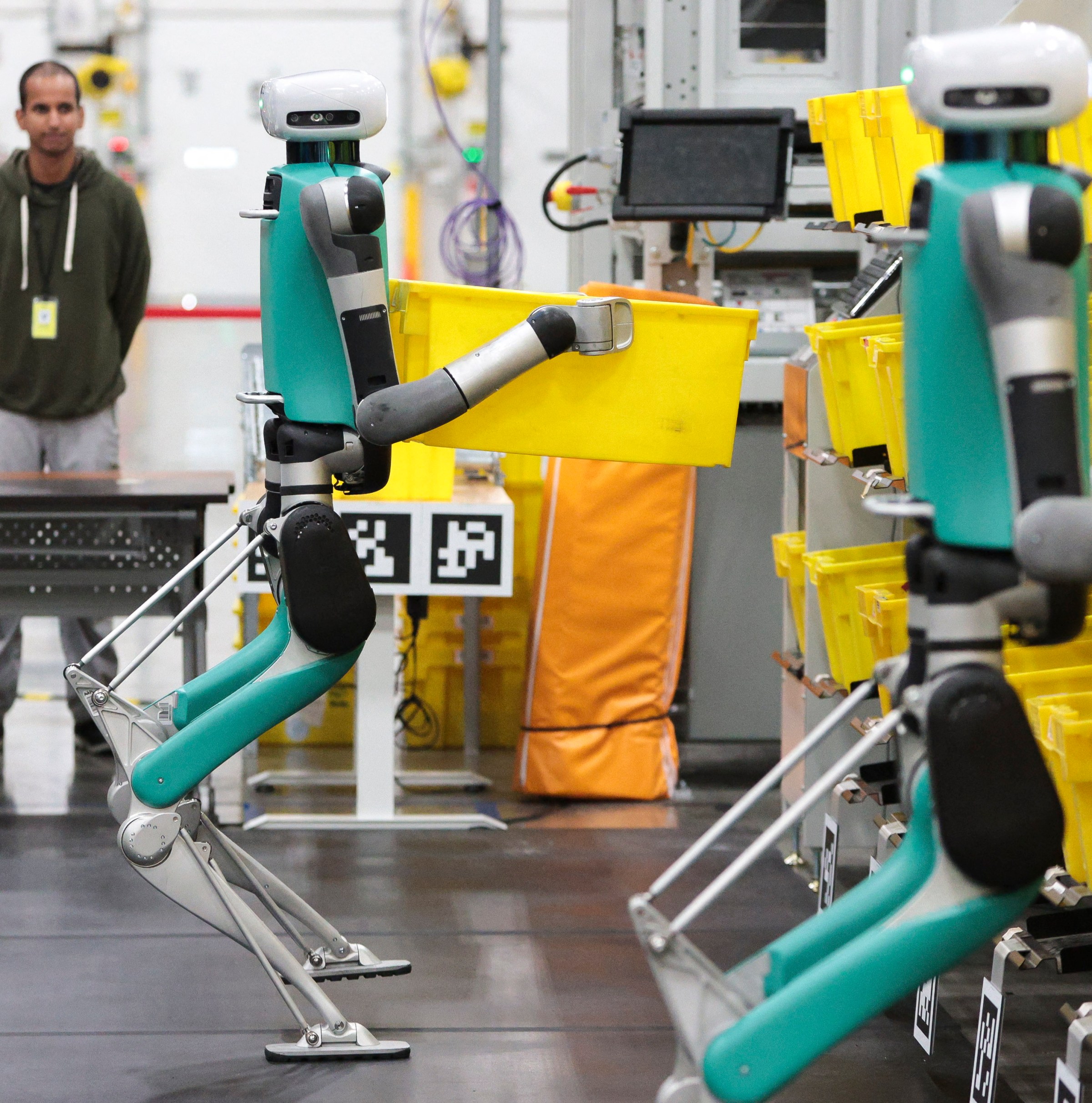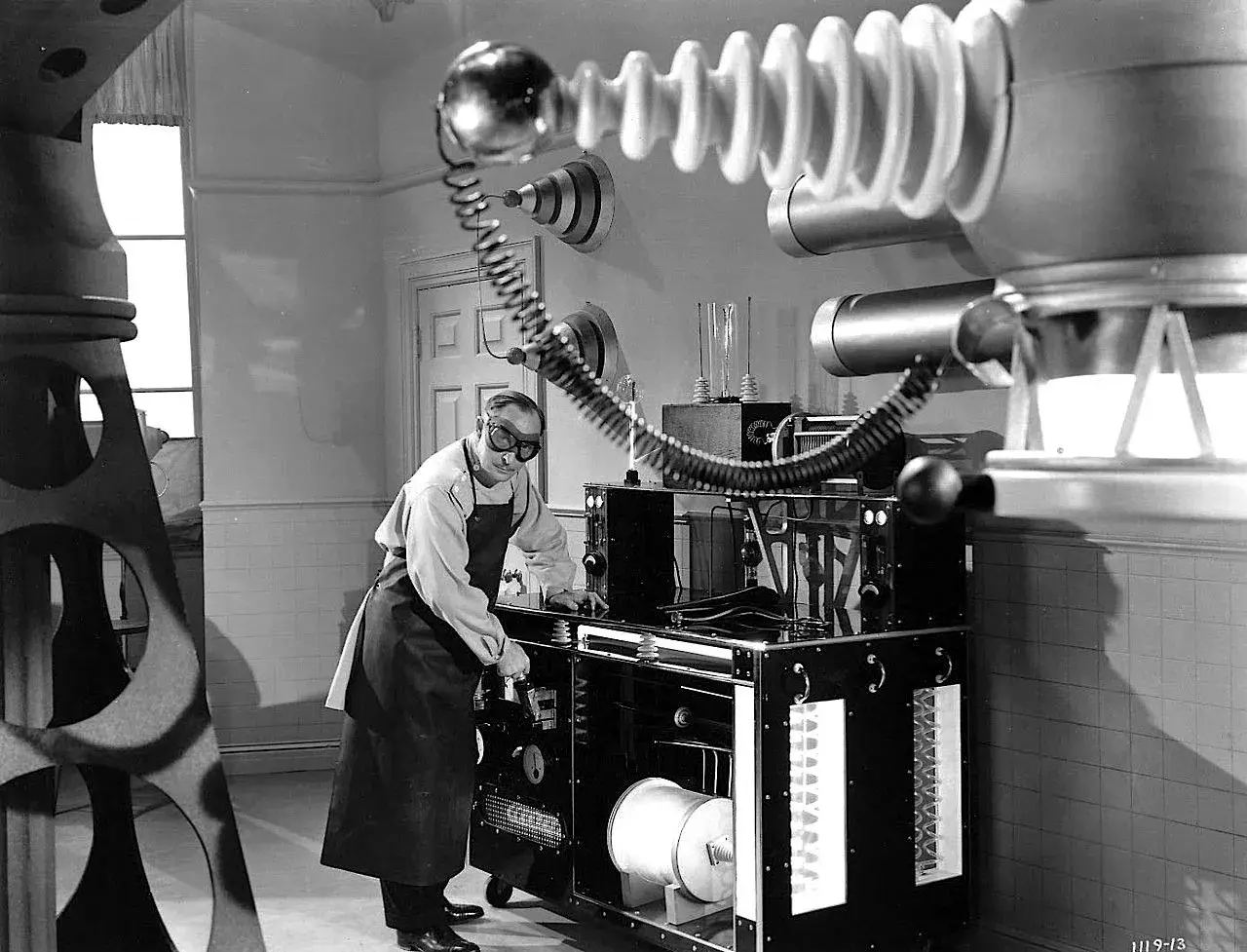
The Data Scientist's Job Isn't Disappearing, But 80% of Your Work Is
AI agents are transforming data workflows, but human expertise remains crucial for strategy, interpretation, and ethical leadership.
The hum of AI tools has data scientists looking nervously over their shoulders. Entry-level positions are evaporating. Recruiters whisper about “AI-first” teams. But what’s actually happening is more nuanced, and far more interesting, than simple replacement.
The reality is that AI is systematically automating the repetitive 80% of data science work while amplifying the strategic 20% that requires human judgment. The data science role isn’t disappearing, it’s evolving into something more valuable and demanding.
The Productivity Paradox: AI as Super Assistant
In data science circles, there’s growing consensus about AI’s role. As one senior data scientist building AI agents noted, 80% of real-life data science consists of “glue” work: data cleaning and formatting, gluing packages together into pipelines, making visuals and reports, and debugging dependencies. AI excels at these tasks.
Tools like Apache Airflow ↗ and Dagster ↗ have long organized data workflows, but now AI agents are injecting unprecedented intelligence into these pipelines. Agentic analytics platforms ↗ autonomously orchestrate multi-step analytical processes, executing complex workflows from data preparation to result interpretation without constant human prompting.

Companies like Novo Nordisk are leveraging these capabilities to transform from 2D to 3D commercial operations, automatically spotting sales effectiveness drivers and recommending improved targeting strategies.
Why AI Can’t Replace Humans (Yet)
The case against AI replacing data scientists boils down to two critical factors that technology hasn’t yet bridged.
First, cross-domain reasoning and trade-offs remain uniquely human capabilities. As our senior data scientist source noted, combining business knowledge, data understanding, and algorithms to choose the right approach involves nuanced judgments beyond current LLM capabilities. The “no free lunch” theorem in machine learning means every approach involves trade-offs, understanding and communicating those trade-offs to stakeholders requires contextual awareness AI simply lacks.
Second, and more fundamentally, accountability. Replacing data scientists with AI means someone else must own responsibility for decisions. No AI provider will accept liability when your model breaks in production causing damages. Organizations won’t outsource valuable business decisions to AI companies.
As practical experience confirms: “I’ve used AI quite a bit as a helper in DS/ML work. Me working with an AI helper is better and more productive than me not working with an AI helper. If I were to just blindly do whatever the AI said, it would not go well.”
The Real Threat: Skill Stagnation
Here’s where the danger lies. The junior data scientists who traditionally cut their teeth on data cleaning, basic visualization, and simple modeling now face an automation barrier. These foundational tasks, while tedious, develop crucial pattern recognition and data intuition that higher-level work depends on.
One candid observer put it bluntly: “Don’t waste time on syntax and frameworks. Learn deeper concepts and mechanisms. Framework and tooling knowledge will drop a lot in value. Knowing the syntax of a new package or how to build charts in a BI tool will become trivial with AI getting access to code sources and docs.”
The market has responded accordingly. Companies increasingly prefer hiring fewer experienced seniors over multiple juniors. The productivity curve in data science was always steep, AI makes it vertical.
AI Workflow Revolution: Tools Transforming the Field
The automation toolkit has exploded in sophistication. AI-native workflow platforms are connecting data tools with LLMs to handle routine tasks that once consumed human hours:

Platforms like Lindy ↗ ($35M funding) and Gumloop ↗ ($20M funding) enable creating custom AI agents that can scrape data, categorize leads, and generate reports automatically. These tools democratize automation while requiring human oversight for complex judgment calls.

Enterprise-grade solutions like Vellum ↗ and Stack AI ↗ target more sophisticated use cases, implementing retrieval-augmented generation (RAG) for fact-driven responses and leveraging semantic layers to reduce hallucinations, critical for production systems.
Survival Tactics: Human Skills That Matter
The emerging data scientist profile looks radically different from the role of five years ago. Success requires doubling down on what makes humans indispensable.
Interpersonal skills have become your most important defense in the AI era. Important business projects revolve around trust and communication. Humans are social animals, we trust other humans, not algorithms. A senior data scientist observed: “If you’re just ‘some tech,’ a cog in the machine, it’s much easier to replace than a human collaborator.”
Deep conceptual understanding matters more than ever. As one Reddit discussion noted, trusting AI without understanding Pandas mechanics means you’ll get “absolutely screwed” in interviews when technical proctors test your practical understanding under pressure.
Learning to use AI efficiently becomes a core competency. As our source noted: “Between a person who boosted their productivity and quality with AI and a person who hasn’t learned how, it is trivial who gets hired or raised.”
The Evolving Role: From Technician to Strategist
Data scientists are evolving from technicians to strategists. The U.S. Bureau of Labor Statistics projects data scientist jobs will grow by 34% between 2024 and 2034 ↗, much faster than most careers. This growth represents quality over quantity.
Successful data scientists now spend more time on:
- Problem framing and hypothesis generation
- Cross-functional stakeholder alignment
- Ethical AI implementation and governance
- Communicating strategic insights
- Designing human-AI collaboration systems
In practice, this looks like setting up AI agents to automate routine analysis while focusing on interpreting results and making strategic recommendations. It’s about becoming the “human in the loop” who validates, contextualizes, and applies automated insights to business problems.
The Road Ahead: Augmentation, Not Replacement
The future of data science isn’t humans versus AI, it’s humans amplified by AI. As organizations embrace agentic analytics ↗, data scientists who master human-AI collaboration will thrive.
This evolution requires continuous learning at an unprecedented pace. “With AI capabilities today, if you are still learning or evolving at the same pace, it will be seen later on your resume”, noted one industry veteran. Students can now use AI to tackle projects “we older people wouldn’t even dream of 10 years ago.”

The most successful organizations will blend human creativity with AI-driven insights. As the industry moves forward, the question isn’t whether to embrace AI, but how to integrate it responsibly while elevating human expertise.
The takeaway? Don’t worry about AI taking your job. Worry about whether you’re developing the uniquely human skills that AI can’t replicate, and learning to leverage AI as your most powerful collaborator. The data scientists who thrive will be those who stop fighting automation and start orchestrating it.



